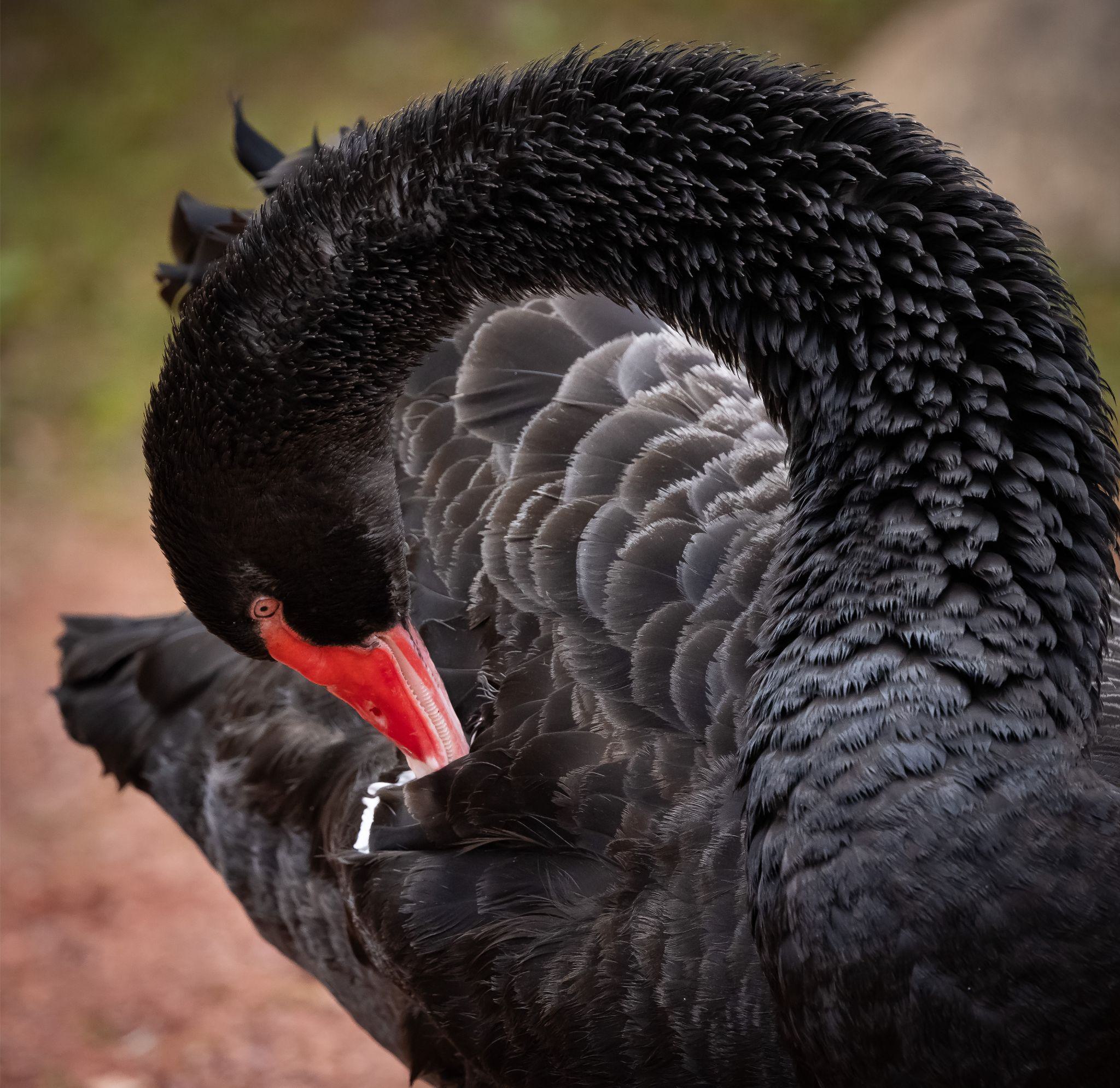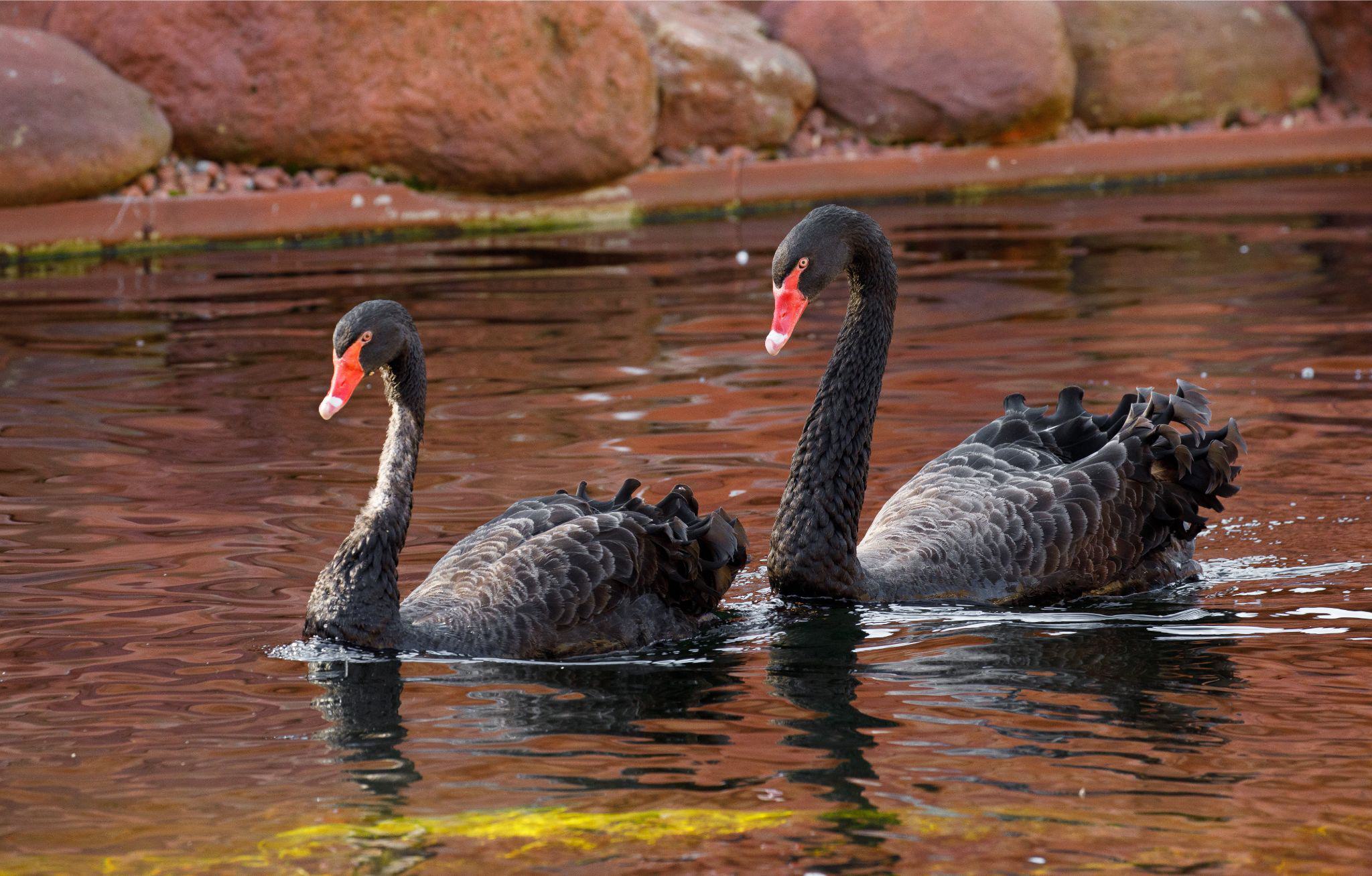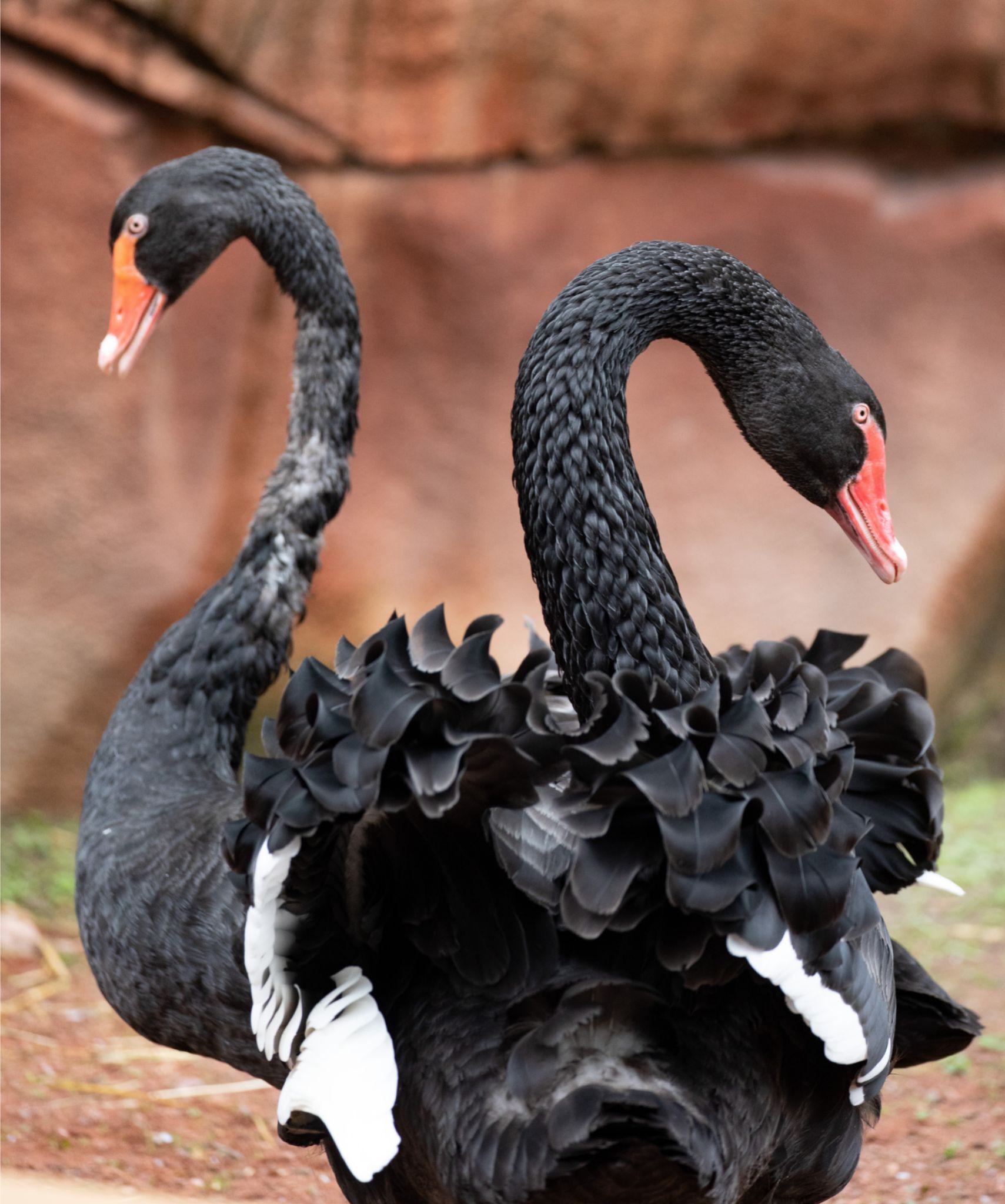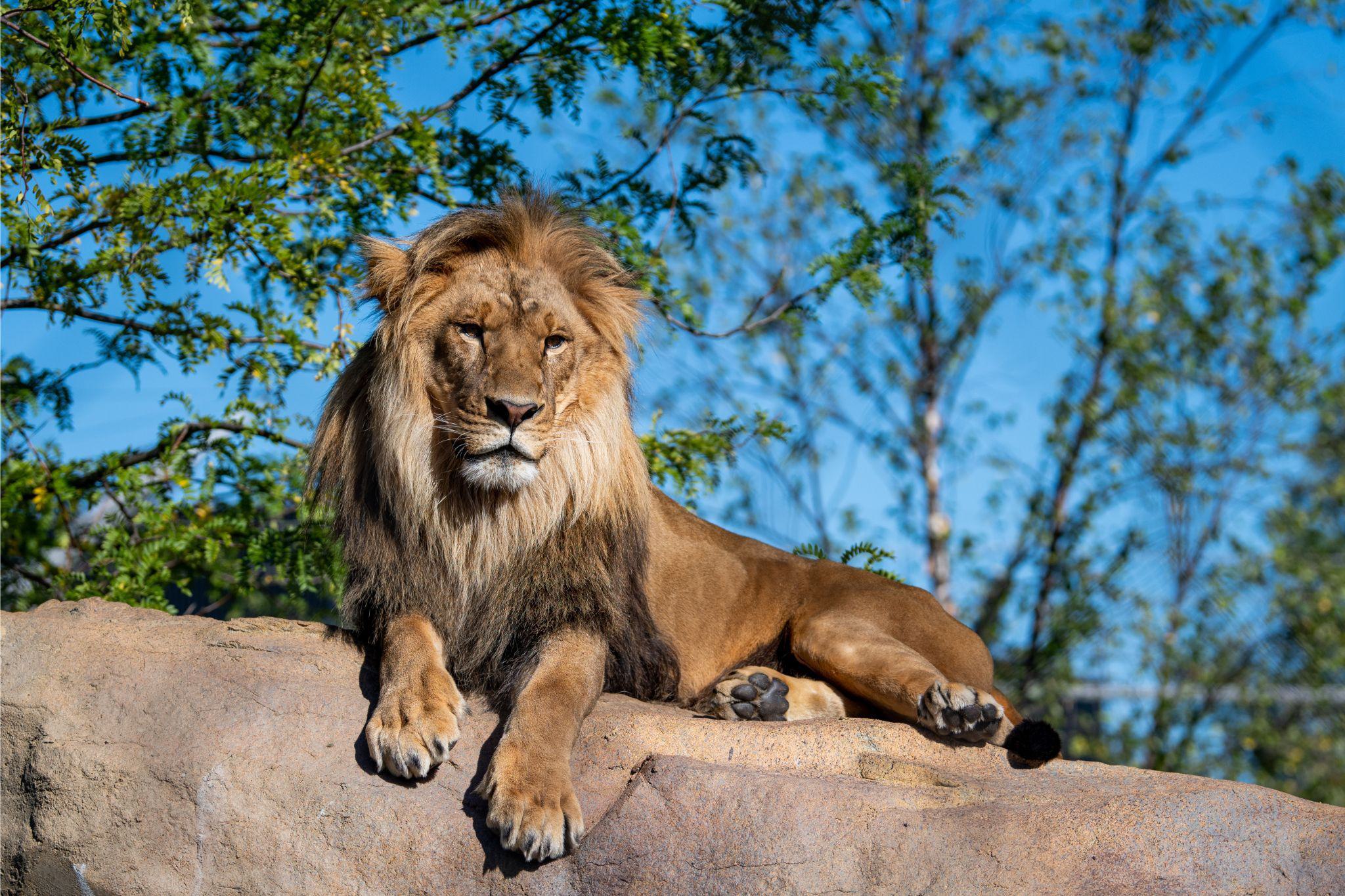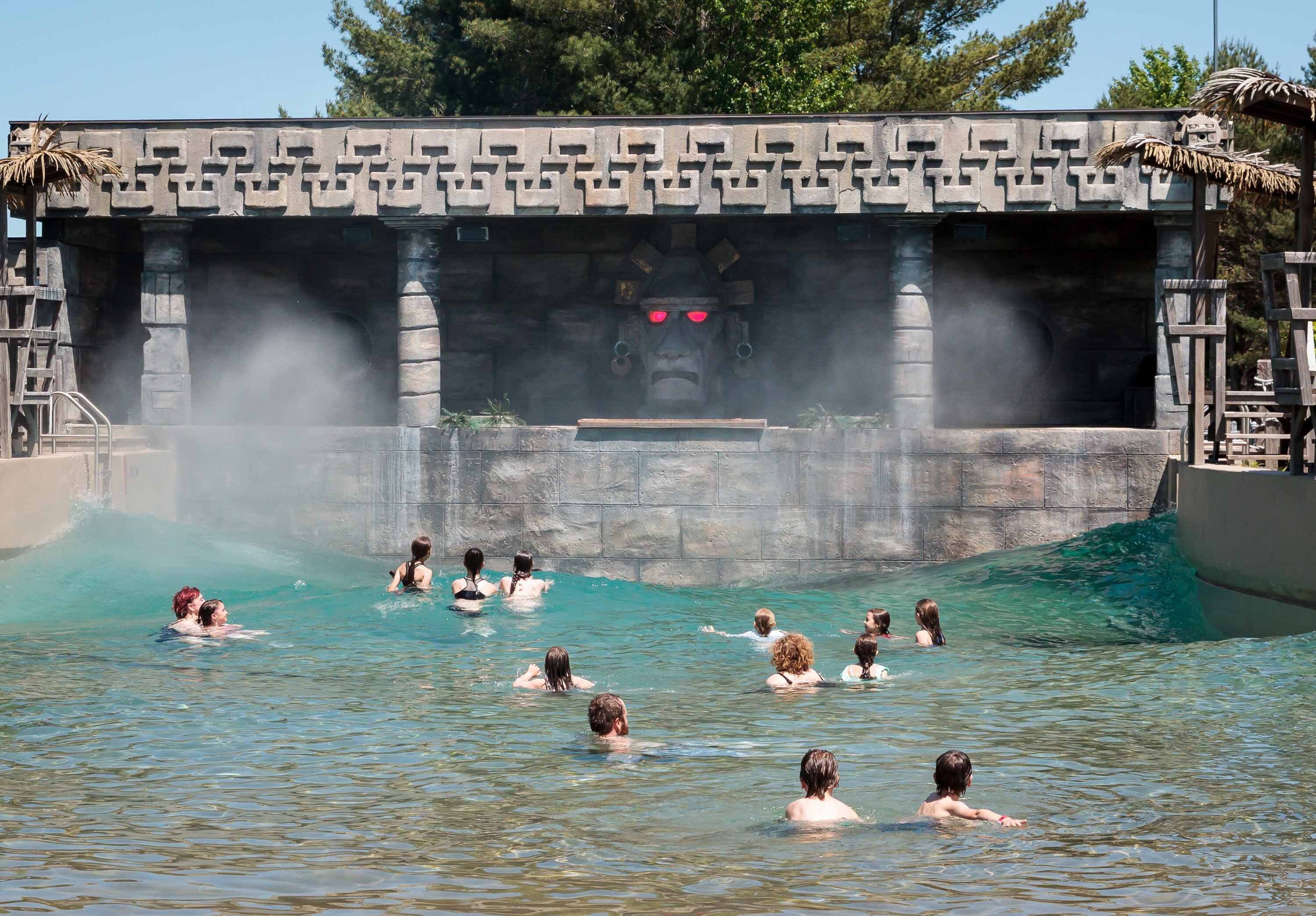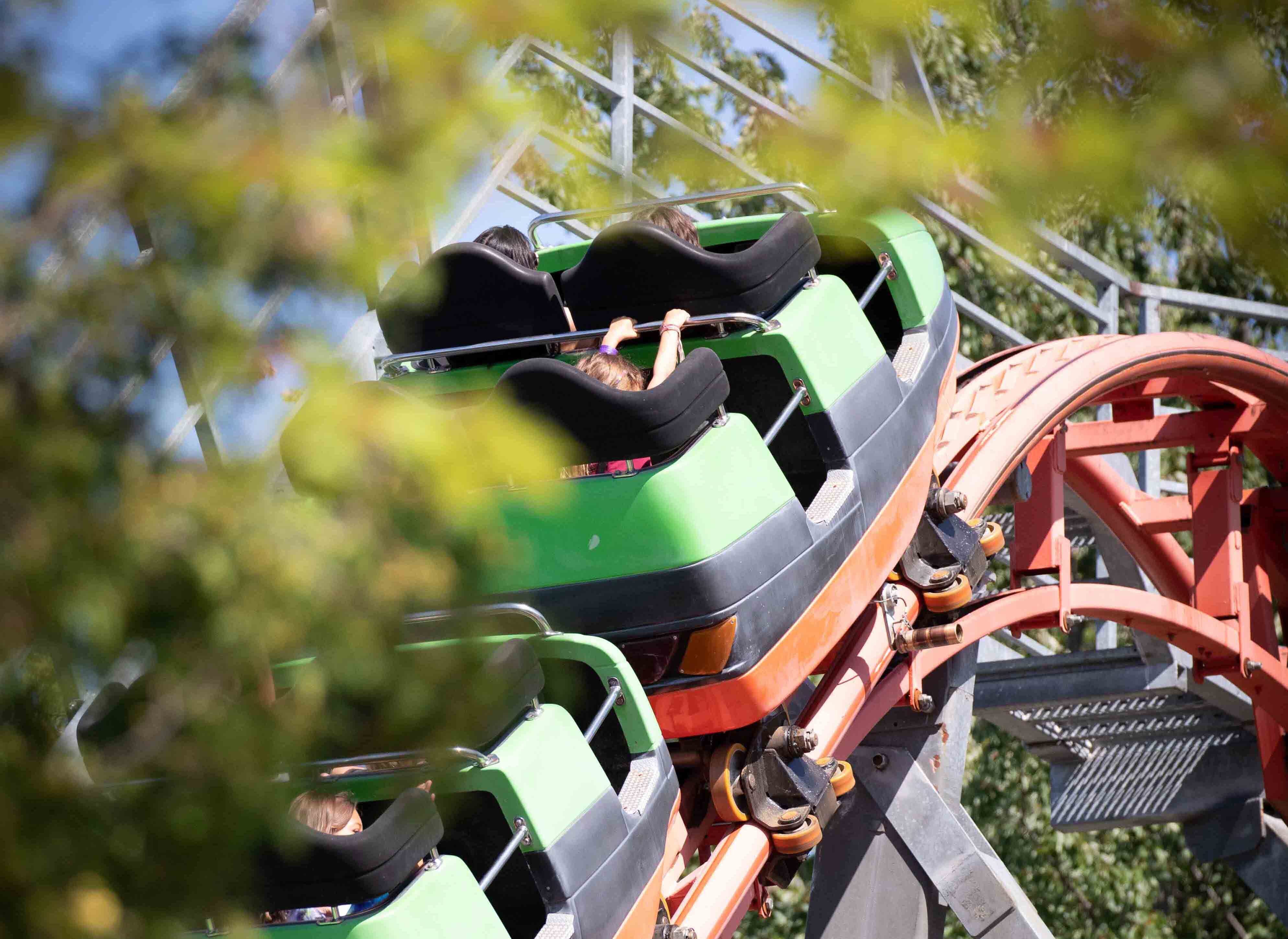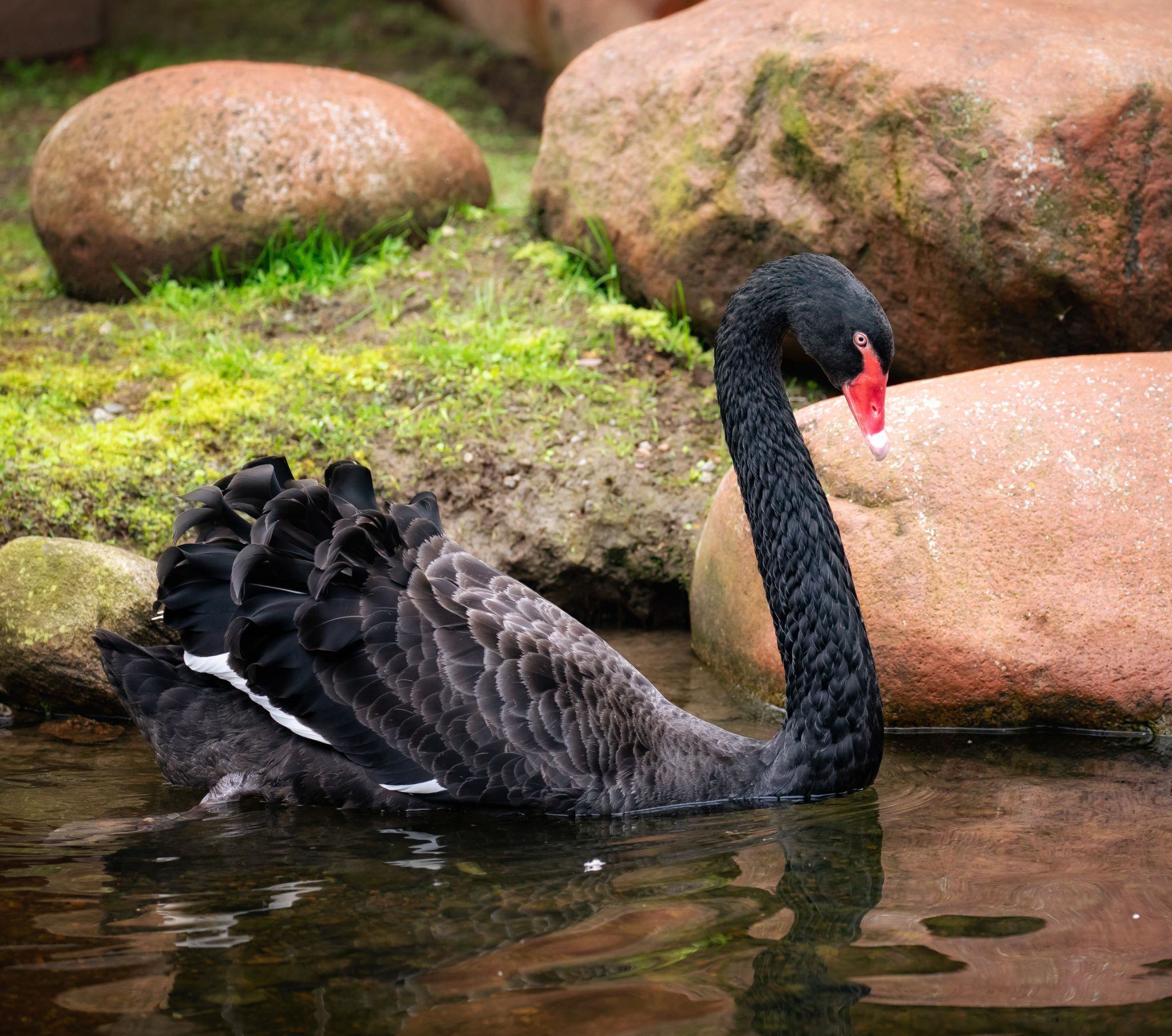
Black Swan
Black Swan
Distribution
Tasmania, Eastern Australia
Diet
Herbivore
Habitat
Fresh water rivers and lakes
Latin Name
Cygnus atratus
IUCN conservation status
The only black-feathered swan species, its dark plumage is only ever interrupted by a few white feathers showing through when it flies
Interesting informations

